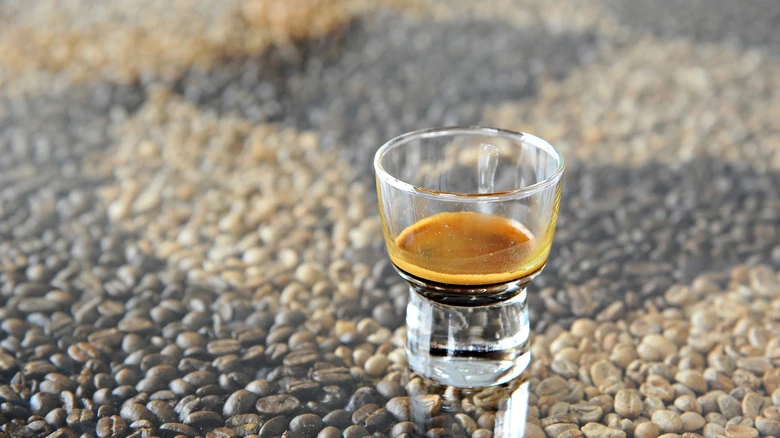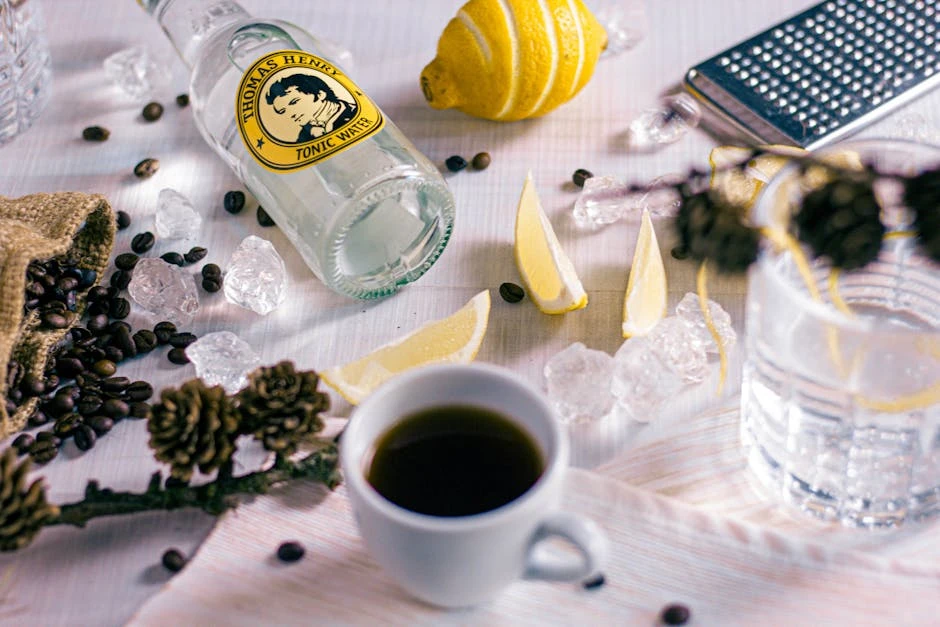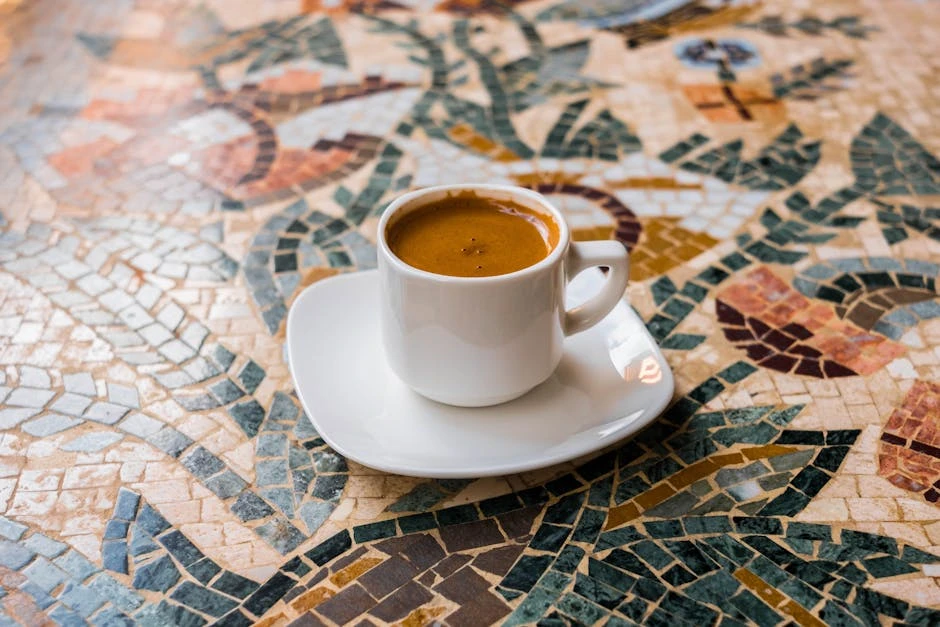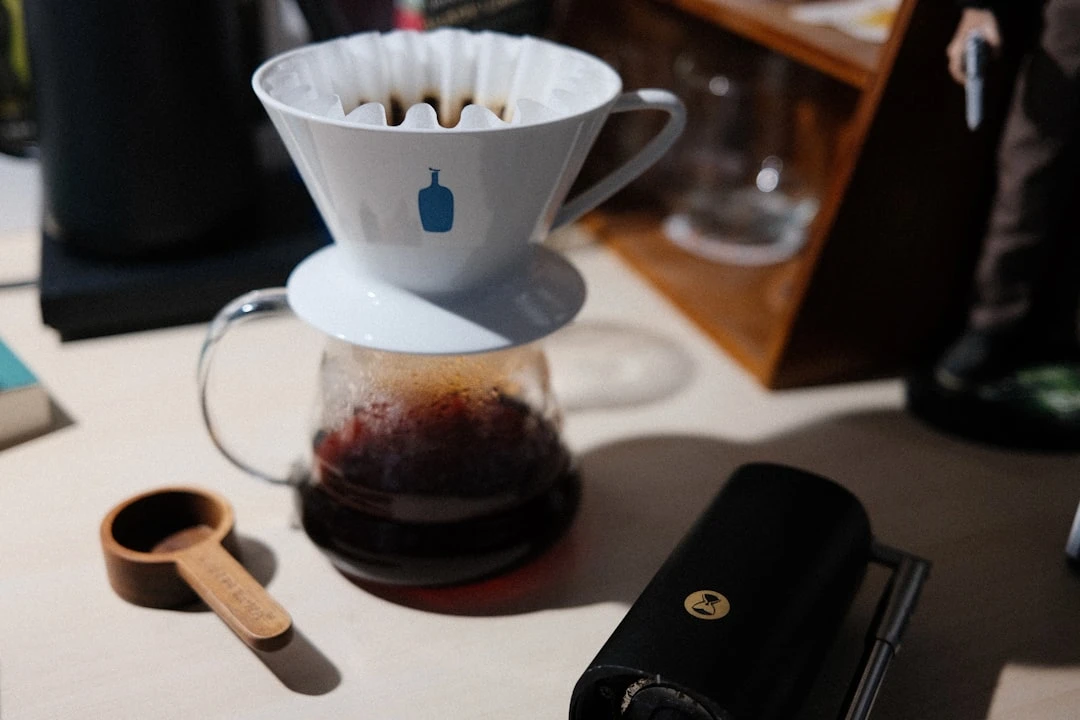How to Make Cold Brew French Press: Smooth and Rich Coffee at Home
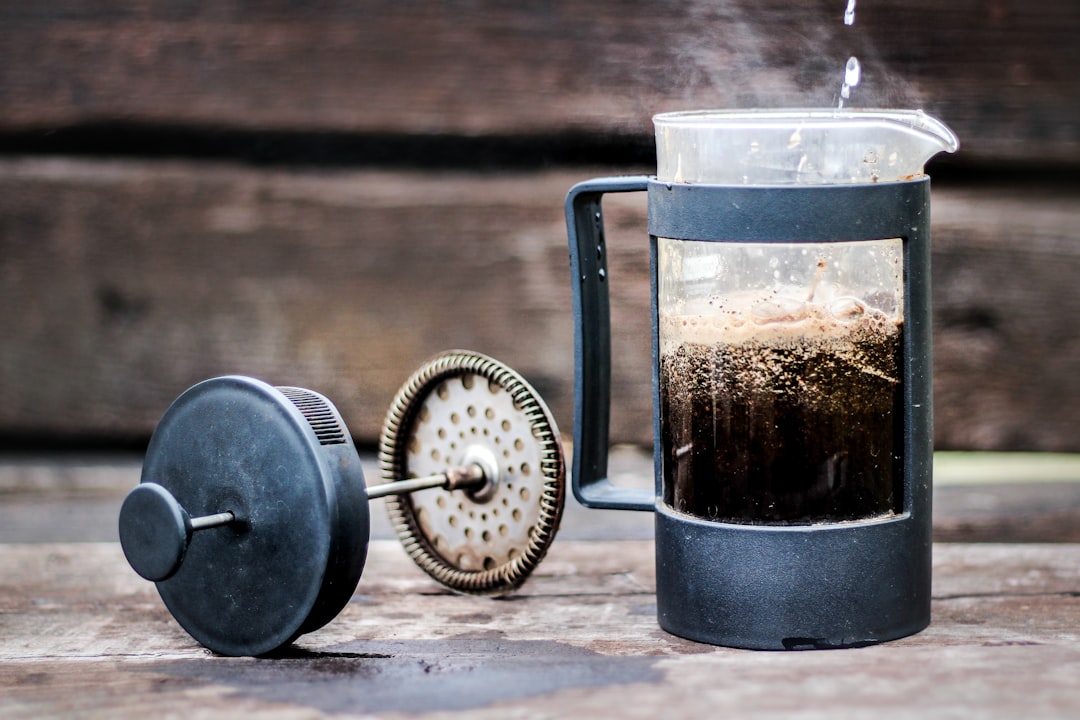
Here's something that blew my mind last summer: Americans consumed over 370 million cups of cold brew coffee daily in 2024! But here's the kicker – most people are paying $4-6 per cup when they could be making something even better at home for pennies.
I'll be honest, I was one of those people dropping serious cash on cold brew until my coffee-obsessed neighbor showed me how ridiculously easy it is to make french press cold brew. Now I'm kicking myself for all those years of overspending. The french press method isn't just cheaper – it actually gives you more control over strength and flavor than those fancy cold brew makers.
What makes this method so special? You're getting that smooth, low-acid cold brew taste without any specialized equipment. Just your trusty french press and some patience. I'm going to walk you through everything I've learned from countless batches, including the mistakes that'll save you from the bitter disasters I've made!
What Makes French Press Cold Brew Different from Regular Cold Brew
Let me tell you, I used to think all cold brew was the same until I started experimenting with different methods. Boy, was I wrong!
The biggest difference with french press cold brew is the immersion method. Instead of slowly dripping water through coffee grounds for 12+ hours like those tower contraptions, you're letting your coffee grounds hang out in the water like they're at a pool party. This creates a completely different extraction process that I actually prefer now.
Traditional cold brew makers use what's called the slow-drip method. Water trickles through the grounds at a snail's pace, which can be super finicky if you don't get the drip rate just right. I've had so many batches turn out weak because my drip rate was off. With the french press, you just dump everything in and wait – no babysitting required.
The flavor profile is where things get really interesting. French press cold brew tends to be fuller-bodied and richer because the grounds are completely immersed the whole time. You get more of those coffee oils and subtle flavors that can get filtered out in other methods. It's like the difference between a quick handshake and a proper bear hug – the french press gives you that full coffee embrace.
Time-wise, you're looking at roughly the same steeping period, but the active work time is maybe 5 minutes total. No adjusting drip rates, no worrying about clogged filters, no fancy equipment to clean. Just mix, wait, and press.
Essential Equipment for French Press Cold Brew
Okay, let's talk gear. The beauty of this method is how simple it is – you probably already have everything you need.
First up, your french press size matters more than you might think. I started with a tiny 12-oz press and quickly realized I was making cold brew for ants. Now I use a 34-oz press, which gives me enough concentrate for about a week. If you're just testing the waters, start smaller, but trust me – you'll want to upgrade once you taste how good this is.
The coffee grind is absolutely crucial, and this is where I messed up big time initially. You need a coarse grind – think sea salt or breadcrumbs, not powder. I made the mistake of using pre-ground coffee from the grocery store (which is usually too fine) and ended up with muddy, over-extracted sludge. It was awful. Get your beans ground coarse at the store, or better yet, invest in a burr grinder. Your taste buds will thank you.
Water quality is something I never thought about until my friend pointed out that my tap water tasted like chlorine. Since cold brew uses a lot of water and steeps for so long, any off-flavors get concentrated. I switched to filtered water and the difference was night and day. You don't need fancy bottled water – just something that tastes clean.
As for extras, you really don't need much. A good kitchen scale helps with ratios if you're being precise, but I eyeball it most of the time now. Some people swear by using a separate container for steeping and then transferring to the french press just for pressing, but honestly, that's just more dishes to wash.
The Perfect French Press Cold Brew Recipe (Step-by-Step)
Alright, here's where the magic happens. I've tweaked this recipe through probably 50+ batches, so you're getting the benefit of all my trial and error.
My go-to ratio is 1:4 coffee to water by weight, or about 1 cup of coarse ground coffee to 4 cups of room temperature water. This gives you a concentrate that you can dilute later. Some people go as strong as 1:3, but I find that gets too intense for my taste.
Here's my exact process: I measure out my coffee first – usually around 3/4 cup of coarse grounds for my 34-oz press. Then I add just enough room temperature water to wet all the grounds and give it a gentle stir. This is called "blooming" and it helps ensure even extraction. Let it sit for about 30 seconds.
Then I pour in the rest of my water slowly, stirring gently as I go. Don't go crazy with the stirring – you're not making a smoothie. Just enough to make sure all the grounds are saturated. The mixture should look like chunky chocolate milk at this point.
Here's something I learned the hard way: don't put the plunger in yet! I used to plunge it down right away, thinking it would help with extraction. Wrong move. The grounds need to float freely for proper extraction. Just set the lid on top without pressing to keep dust and bugs out.
Now comes the hardest part – waiting. I steep mine for 16-18 hours at room temperature. I've tried shorter times, but anything under 12 hours tastes weak to me. Some people refrigerate during steeping, but I get better extraction at room temperature.
When it's time to press, do it slowly and steadily. If you feel a lot of resistance, your grind might be too fine. The press should go down smoothly with gentle, consistent pressure. If grounds start shooting up around the edges, you're pressing too fast.
Timing and Temperature: Getting Your French Press Cold Brew Right
The timing and temperature game took me way too long to figure out, mainly because I was impatient and kept changing variables.
For steeping time, I've tried everything from 8 hours to 24 hours. Here's what I discovered: 12 hours is the absolute minimum for decent flavor, but 16-18 hours is the sweet spot. After 20 hours, you start getting some bitter notes that I don't love. I usually start my batch around dinner time and press it the next afternoon – perfect timing for evening iced coffee.
Room temperature versus refrigerated brewing was a game-changer discovery for me. I used to stick everything in the fridge immediately because, you know, cold brew. But room temperature extraction is actually more efficient. The slightly warmer water pulls more flavor from the grounds without extracting the harsh compounds that come with hot brewing.
That said, if your kitchen gets really hot (like mine does in summer), you might want to find a cool spot or use the fridge. Anything over 75°F and you risk over-extraction or even fermentation if you're not careful. I learned this when I left a batch on my sunny counter in July – it tasted like coffee wine. Not good.
Here's how I know my cold brew is ready: the grounds should have settled into distinct layers, with most of the coffee floating at the top and clearer liquid below. If you give it a gentle stir, the mixture should have a rich, chocolatey color without being muddy.
Temperature during serving is totally personal preference. I like mine over ice with a splash of cold water or milk. Some people prefer it chilled straight from the fridge. The concentrate keeps well for up to two weeks refrigerated, so you can experiment with different serving styles.
Common French Press Cold Brew Mistakes (And How to Fix Them)
Oh boy, let me save you from the disasters I've created. I've made every possible mistake with this method, so you don't have to.
The biggest mistake I see people make is grinding their coffee too fine. I did this constantly in the beginning because I thought finer grind = stronger coffee. Wrong! Fine grounds over-extract during that long steeping time, giving you bitter, harsh flavors. Plus, they clog up your press and make filtering a nightmare. Stick with that coarse, chunky grind. If your coffee tastes bitter or muddy, your grind is probably too fine.
Water ratio errors are another biggie. I used to eyeball everything and wonder why my batches were inconsistent. Too much water and you get weak, disappointing coffee. Too little and you're drinking coffee syrup. Start with that 1:4 ratio I mentioned and adjust from there. Keep notes on what works for your taste – I have a little notebook just for coffee experiments.
Over-steeping is sneaky because you think more time = better flavor. I left a batch for 30 hours once thinking I'd get super-concentrated cold brew. Instead, I got something that tasted like it was filtered through an old gym sock. Those extra tannins and compounds that extract after 20+ hours are not your friends.
Storage mistakes killed so many good batches for me. Don't leave your finished cold brew in the french press – transfer it to a clean jar or pitcher. The metal and leftover grounds will continue affecting the flavor. Also, always refrigerate after pressing. I learned this the hard way when I left a batch out overnight and found it had gone funky by morning.
Here's a weird one: pressing too hard or too fast. I used to muscle that plunger down like I was trying to win a strongman competition. This forces fine particles through the filter and makes your cold brew gritty. Slow and steady wins the race here.
Serving and Storage Tips for French Press Cold Brew
The serving game is where you can really customize this to your taste, and honestly, this is my favorite part of the whole process.
Your concentrate is strong – probably twice as strong as regular coffee – so dilution is key. I usually go 1:1 with cold water or milk, but you can adjust based on your caffeine tolerance. Over ice, I'll sometimes do 2 parts concentrate to 1 part water. For hot drinks (yes, you can heat cold brew!), I go heavier on the dilution because hot coffee hits harder.
Ice versus chilled serving makes a bigger difference than you'd think. Ice dilutes as it melts, which can be perfect if you like your coffee strength to mellow as you drink. But if you want consistent flavor, pre-chill everything and use just a little ice for temperature.
Storage is crucial for maintaining that smooth flavor you worked so hard to create. I transfer my pressed cold brew to a clean glass jar immediately. Plastic containers can absorb odors and affect taste over time. A tight-fitting lid is essential – cold brew picks up refrigerator odors like nobody's business.
Your concentrate will stay good for 10-14 days in the fridge, but honestly, mine never lasts that long. The flavor is best in the first week. If it starts tasting flat or develops any off odors, toss it. Trust your nose – good cold brew should smell rich and coffee-forward, not sour or funky.
For flavor variations, this is where you can get creative. I love adding a cinnamon stick during steeping, or a few cardamom pods for something different. Vanilla extract, maple syrup, or even a splash of flavored syrup can transform your cold brew into something special. Just remember to add sweeteners to the concentrate, not individual servings – it distributes better.
Conclusion
Making french press cold brew has completely changed how I think about coffee at home. It's saved me hundreds of dollars, given me better control over my caffeine intake, and honestly just makes me feel more accomplished starting my day.
The beauty of this method is how forgiving it is once you get the basics down. Sure, you might make a few questionable batches while you're learning (I definitely did), but the worst cold brew I've made at home is still better than a lot of what I've bought at coffee shops.
Remember to start with good, coarsely ground coffee, be patient with your steeping time, and don't overthink the process. Every kitchen and every palate is different, so feel free to adjust ratios and timing to match your preferences. Keep notes on what works – you'll thank yourself later when you're trying to recreate that perfect batch.
Most importantly, make sure you're using clean equipment and storing your finished cold brew properly. Nothing ruins the effort like off-flavors from dirty gear or improper storage.
Related Articles

Espresso vs Americano: What’s the Difference and Which Should You Choose?
Read More →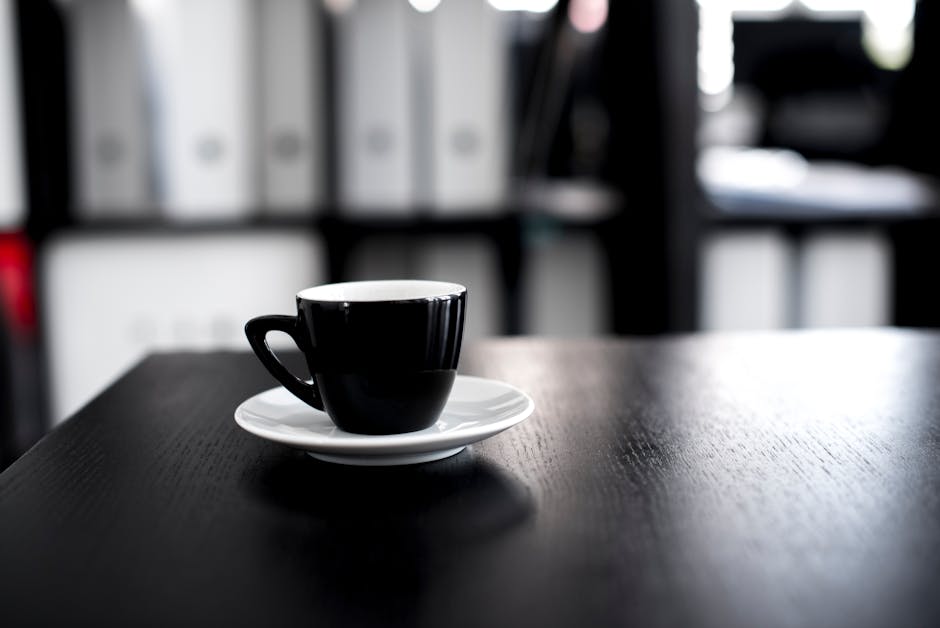
How to Make Perfect Decaf Cold Brew at Home
Read More →